

Articles
How To Fix Squeaky Floors
Modified: January 23, 2024
Learn effective methods to fix squeaky floors with our informative articles. Stop the annoying sounds and enjoy a peaceful home environment.
(Many of the links in this article redirect to a specific reviewed product. Your purchase of these products through affiliate links helps to generate commission for Storables.com, at no extra cost. Learn more)
Introduction
Squeaky floors can be an annoying and frustrating issue to deal with in any home. Not only do they disrupt the peaceful atmosphere, but they can also be a source of embarrassment when guests come over. If you find yourself constantly tip-toeing around your house to avoid triggering those squeaks, fear not! In this article, we will explore the common causes of squeaky floors and provide you with a step-by-step guide on how to fix them.
Identifying the cause of squeaky floors is the first step towards finding a solution. Squeaks can originate from various sources including loose subfloors, gaps between the subfloor and joists, loose floorboards, poorly secured nails or screws, or natural wood movement. Understanding the cause of the squeak will help you determine the most appropriate method for rectifying the issue.
Key Takeaways:
- Say goodbye to squeaky floors by identifying the cause and using simple tools like talcum powder, adhesive, and shims. Follow our step-by-step guide for a peaceful, squeak-free home.
- Prevent future squeaky floors by using the right fasteners, managing moisture levels, and considering professional installation. Enjoy a silent and comfortable living space with these proactive measures.
Read more: How To Fix A Squeaky Door
Identifying the Cause of Squeaky Floors
Before you can effectively fix a squeaky floor, it’s important to determine the underlying cause. By identifying the source of the squeak, you can apply the appropriate solution and prevent it from recurring in the future.
Here are some common causes of squeaky floors:
- Loose subfloor: The subfloor is the layer beneath your visible flooring, and if it becomes loose, it can create squeaks when pressure is applied.
- Gaps between subfloor and joists: Over time, gaps can develop between the subfloor and the underlying wooden joists, causing creaks and squeaks.
- Loose floorboards: Individual floorboards can become loose over time, rubbing against each other or the subfloor, resulting in squeaking sounds.
- Poorly secured nails or screws: If the nails or screws holding the subfloor or floorboards in place become loose, they can create squeaky noises when pressure is applied.
- Natural wood movement: Wood naturally expands and contracts with changes in temperature and humidity. This movement can lead to gaps between floorboards, causing squeaks over time.
By carefully inspecting your floor and listening for the squeaks, you can get a better idea of where the issue is originating from. It may also be helpful to recruit a helper to walk on the floor while you listen for the creaks from below.
Once you have identified the cause of the squeaky floor, you can proceed with the appropriate solution. In the following sections, we will outline the steps for fixing common squeaky floor issues, providing you with the tools and materials needed, as well as a step-by-step guide to get your floors back to their silent state.
Common Causes of Squeaky Floors
Squeaky floors can be caused by various factors, and understanding these common causes will help you tackle the issue effectively. Here are some of the most frequent culprits behind squeaky floors:
- Loose subfloor: A loose subfloor is a common cause of squeaky floors. The subfloor serves as the foundation for your flooring and can become loose over time due to age, wear and tear, or improper installation. When the subfloor is loose, it can create friction and movement, resulting in the dreaded squeaks when pressure is applied to the floor.
- Gaps between subfloor and joists: Over time, gaps can develop between the subfloor and the wooden joists supporting it. These gaps can be the result of natural settling of the house or improper installation. When pressure is applied to the floor, the subfloor may rub against the joists, causing squeaky noises.
- Loose floorboards: Individual floorboards can become loose over time due to foot traffic, temperature changes, or even natural wood movement. When these floorboards are loose, they can rub against each other or the subfloor, resulting in squeaking sounds.
- Poorly secured nails or screws: In some cases, the nails or screws holding the subfloor or floorboards in place may become loose. Over time, the repeated pressure on the floor can cause these fasteners to loosen, leading to squeaks. Poor installation or using inadequate fasteners can contribute to this problem.
- Natural wood movement: Wood is a natural material that expands and contracts with changes in temperature and humidity. This natural movement can lead to small gaps between floorboards. As these gaps rub against each other, they can create squeaking sounds. While some level of wood movement is normal, excessive movement can exacerbate the squeaking problem.
Identifying the specific cause of the squeaky floors in your home is crucial in determining the appropriate fix. By understanding these common causes, you can proceed with confidence in addressing the issue and enjoying a quieter, more comfortable living space.
Tools and Materials Required
Now that you have identified the cause of your squeaky floors, it’s time to gather the necessary tools and materials to fix the problem. Depending on the specific issue you are facing, you may require different tools and supplies. Here are some common tools and materials you may need:
- Hammer: A hammer will come in handy for re-securing loose floorboards or nails.
- Screwdriver: A screwdriver is essential for tightening loose screws or removing them if necessary.
- Drill: A drill may be needed to create pilot holes for screws or to inject adhesive into gaps.
- Wood shims: Wood shims are thin, tapered pieces of wood used to fill gaps between the subfloor and joists, providing support and reducing squeaks.
- Lubricant: A lubricant, such as powdered graphite or talcum powder, can help reduce friction between floorboards and subfloor, minimizing squeaking sounds.
- Adhesive: Depending on the cause of the squeak, you may need adhesive to fix loose subfloors or secure loose floorboards.
- Squeak-proof construction screws: These specialized screws have features that help minimize squeaks, such as coated shanks or anti-splitting threads.
- Protective gear: It is always a good idea to wear protective gear like gloves and safety glasses when working with tools and materials.
Before starting the repair process, make sure to have these tools and materials readily available. Additionally, it’s important to read and follow the instructions provided with any adhesive or other products you plan to use, ensuring proper application and safety.
By having the necessary tools and materials on hand, you will be well-prepared to tackle the task of fixing your squeaky floors.
To fix squeaky floors, try sprinkling talcum powder or powdered graphite into the joints of the floorboards and then sweeping it into the cracks. This can help to reduce friction and eliminate the squeaking.
Fixing Squeaky Floors: Step-by-Step Guide
If you’re ready to bid farewell to those annoying squeaks and restore peace to your floors, follow this step-by-step guide to fix your squeaky floors:
- Locating the squeaky spots: Walk around the room and listen for the squeaks. Take note of the areas where the squeaks are most prominent. This will help you target your repairs effectively.
- Using talcum powder or powdered graphite: Once you have identified the squeaky spots, sprinkle some talcum powder or powdered graphite onto the floor surface near the squeaky area. Use a soft cloth to work the powder into the gaps between the floorboards. This powder acts as a lubricant, reducing friction and minimizing squeaks.
- Injecting adhesive: If the squeak persists, you may need to inject adhesive into the gaps between the subfloor and joists or between loose floorboards. Use a drill with a small bit to create pilot holes, then inject the adhesive using a syringe or an adhesive applicator. Allow the adhesive to dry according to the manufacturer’s instructions before walking on the repaired area.
- Re-securing loose floorboards: If loose floorboards are the cause of the squeaks, use a hammer or screwdriver to re-secure them. Locate the loose boards and either tighten the existing screws or nails or replace them with longer ones for a more secure hold. Be careful not to overtighten, as it may cause the wood to split.
- Utilizing shims: For squeaks caused by gaps between the subfloor and joists, insert wood shims into the gaps to provide support and eliminate movement. Gently tap the shims into place using a hammer until they are snug. Be cautious not to overforce the shims, as it may cause damage to the floor.
- Applying lubricant: If the squeaks persist, you can try applying more lubricant, such as talcum powder or powdered graphite, directly onto the floorboards or subfloor seams. Work the lubricant into the gaps using a soft cloth. This can help provide temporary relief from the squeaks.
- Using squeak-proof construction screws: If all else fails and the squeaks persist, consider using squeak-proof construction screws. These specialized screws have features designed to minimize squeaks, such as coated shanks or anti-splitting threads. Replace the existing screws or nails in the squeaky areas with these screws to create a more secure and silent floor.
Remember, depending on the specific cause of your squeaky floors, certain steps may be more applicable than others. It’s important to address the underlying issue causing the squeak to achieve a long-lasting solution.
By following this step-by-step guide, you’ll be well on your way to enjoying squeak-free floors and a quieter home environment.
Read more: How To Fix A Squeaky Mattress
Preventing Future Squeaky Floors
Now that you’ve successfully fixed your squeaky floors, it’s important to take preventative measures to avoid future occurrences. Here are some tips to help prevent squeaky floors in the future:
- Proper subfloor installation: When installing or replacing a subfloor, make sure it is securely fastened to the joists. This will help prevent movement and minimize the potential for squeaks.
- Use the right fasteners: When securing the subfloor or floorboards, ensure that you use the correct type and size of screws or nails. Using inadequate or incorrect fasteners can lead to loosening over time and cause squeaks.
- Avoid excessive moisture: Moisture can cause wood to swell or warp, leading to gaps and squeaks in the flooring. Use dehumidifiers in humid climates, promptly address any plumbing leaks, and avoid excessive water spills on the floor.
- Use expansion gaps: Allow for expansion and contraction of the wood flooring by leaving small gaps around the perimeter of the room and at transitions. This will help prevent the boards from pushing against each other and causing squeaks.
- Regular maintenance: Perform regular inspections of your floors to identify and address any issues promptly. Look out for loose floorboards, nails, or screws, and re-secure them as necessary.
- Consider professional installation: If you’re installing a new floor and want to ensure it’s done right, consider hiring a professional installer. They have the expertise to minimize the risk of squeaks and can help with proper subfloor preparation and installation.
- Choose quality materials: When selecting flooring materials, opt for high-quality products that are less likely to develop squeaks. Research and invest in flooring options known for their durability and resistance to movement.
By implementing these preventive measures, you can significantly reduce the chances of experiencing squeaky floors in the future. Regular maintenance and attention to detail are key to maintaining a silent and comfortable living space.
Remember, even with proper precautions, occasional floor squeaks may still occur, especially in older homes. However, by following these prevention tips, you’ll be able to minimize the likelihood and frequency of squeaky floors.
Conclusion
Squeaky floors can be a source of frustration and annoyance in any home, but with the right approach, they can be easily fixed. By identifying the cause of the squeak, gathering the necessary tools and materials, and following the step-by-step guide we’ve provided, you can successfully eliminate those pesky squeaks and restore peace and tranquility to your floors.
Whether it’s a loose subfloor, gaps between subfloor and joists, loose floorboards, poorly secured nails or screws, or natural wood movement, understanding the root cause is crucial for effective repairs. Utilizing talcum powder or powdered graphite, injecting adhesive, re-securing loose floorboards, utilizing shims, applying lubricant, and using squeak-proof construction screws are all effective methods for addressing squeaky floors.
Furthermore, taking preventative measures, such as ensuring proper subfloor installation, using the right fasteners, managing moisture levels, and performing regular maintenance, can help prevent future squeaks from occurring.
Remember, fixing squeaky floors not only improves the overall comfort of your home, but it can also help maintain the value of your property. Silence is golden, especially when it comes to the floors beneath your feet.
So, roll up your sleeves, gather your tools, and bid farewell to those troublesome squeaks. With a little effort and know-how, you’ll be walking on quiet, squeak-free floors in no time.
Frequently Asked Questions about How To Fix Squeaky Floors
Was this page helpful?
At Storables.com, we guarantee accurate and reliable information. Our content, validated by Expert Board Contributors, is crafted following stringent Editorial Policies. We're committed to providing you with well-researched, expert-backed insights for all your informational needs.
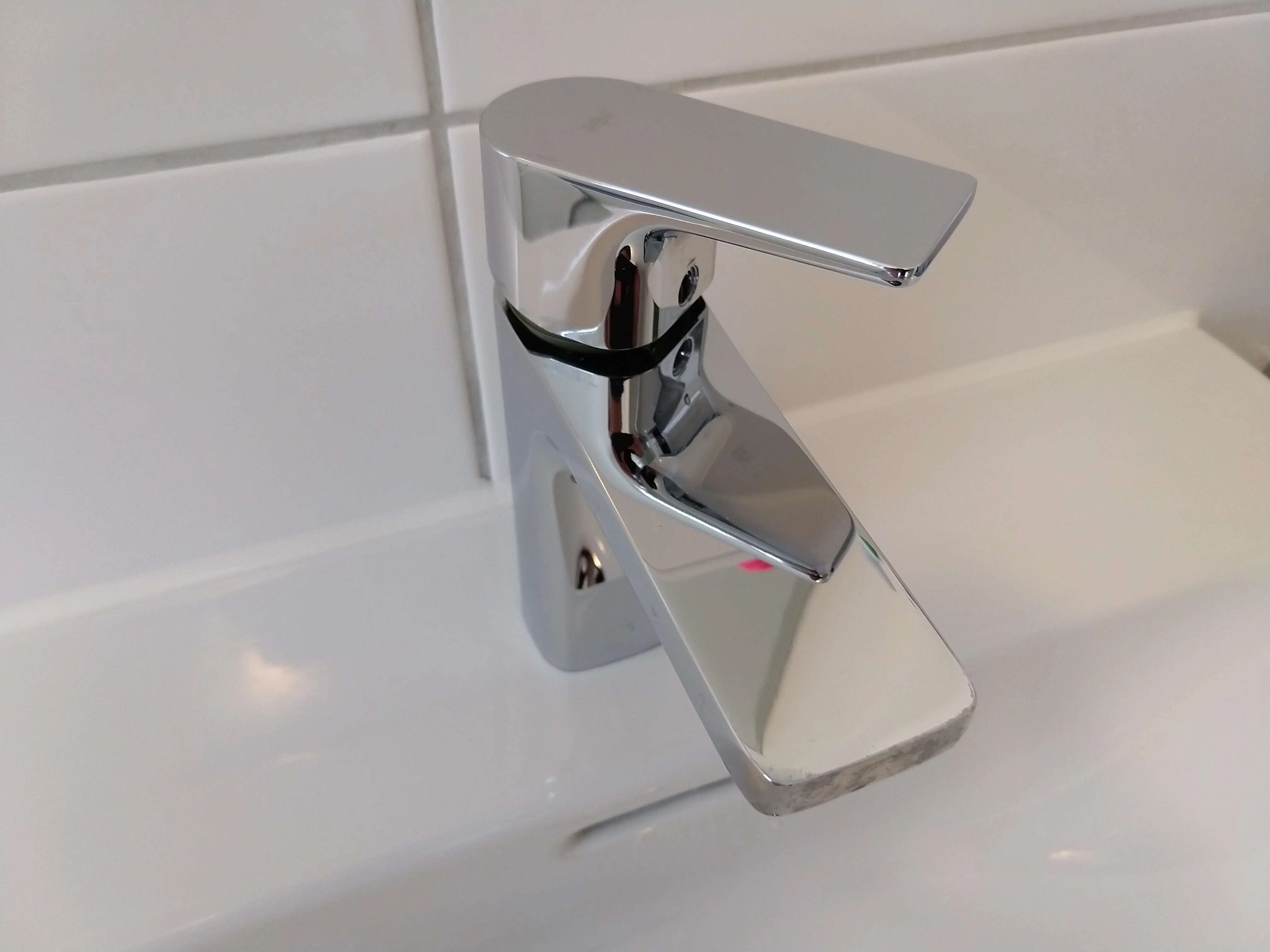
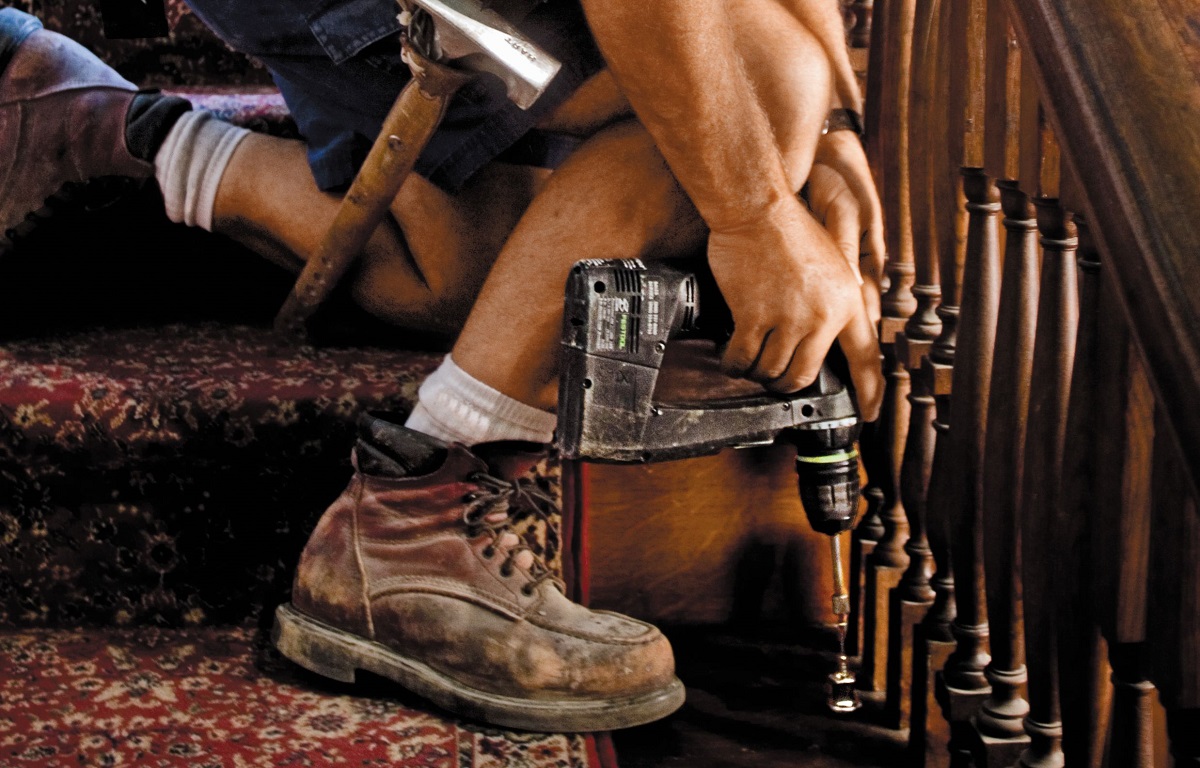
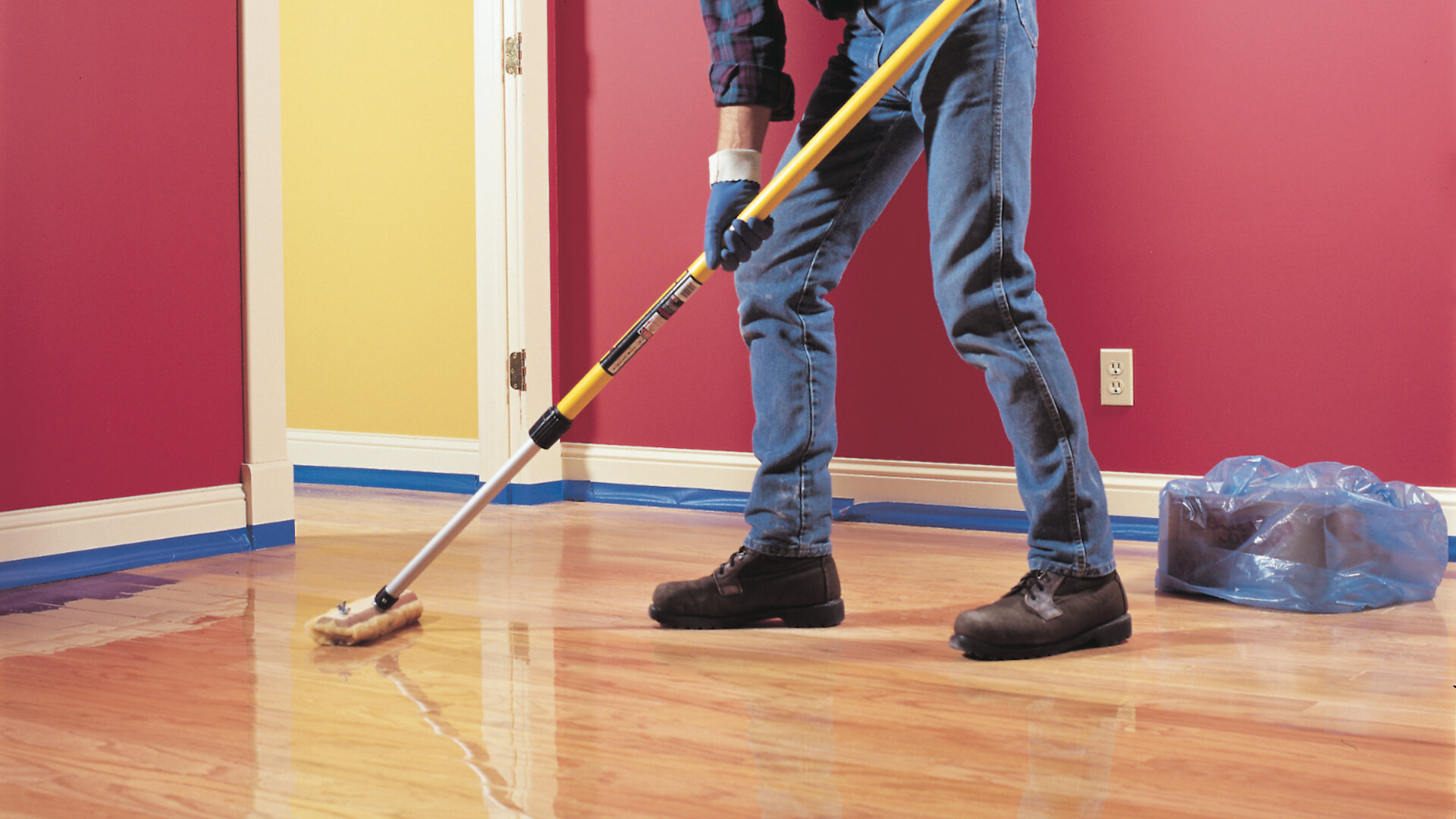
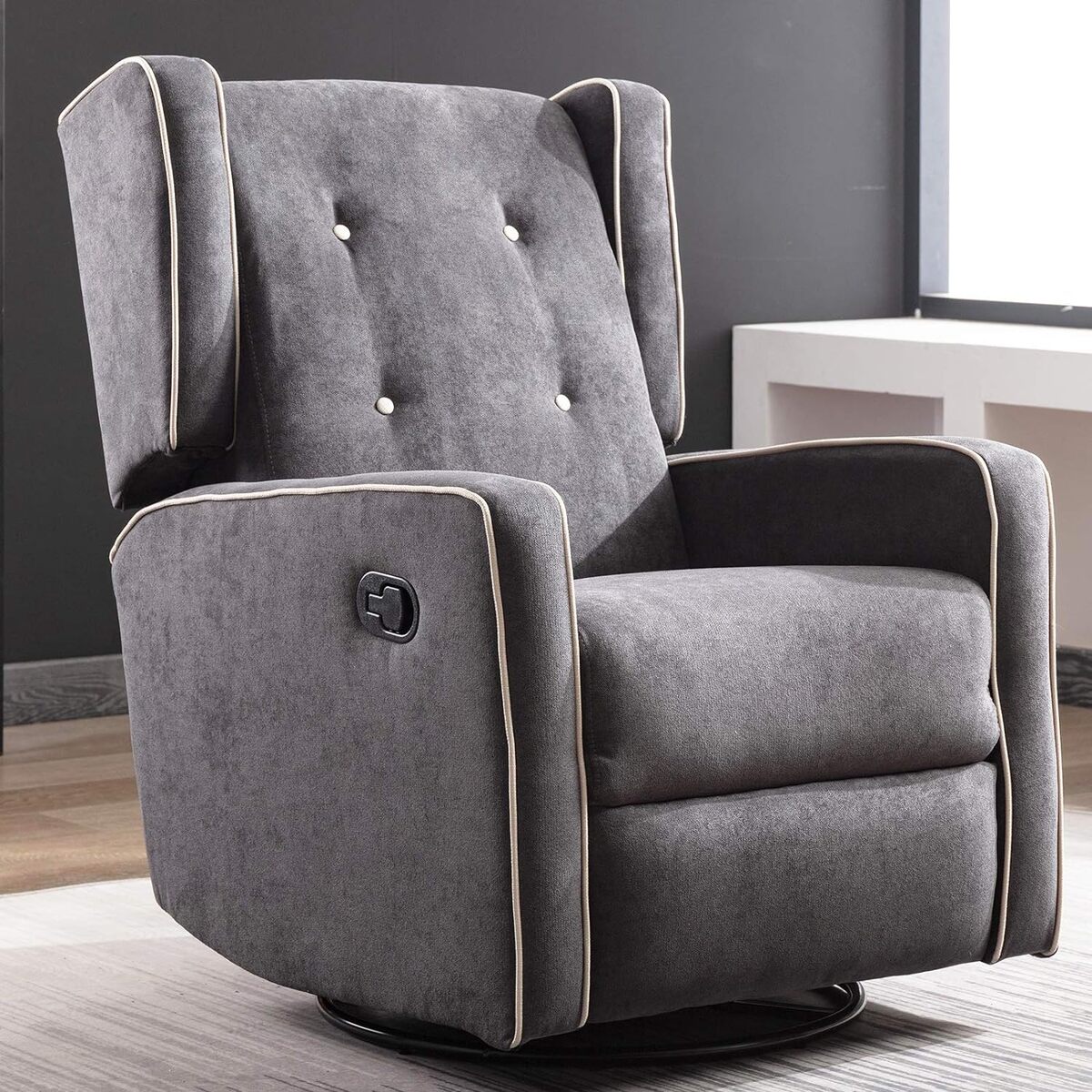
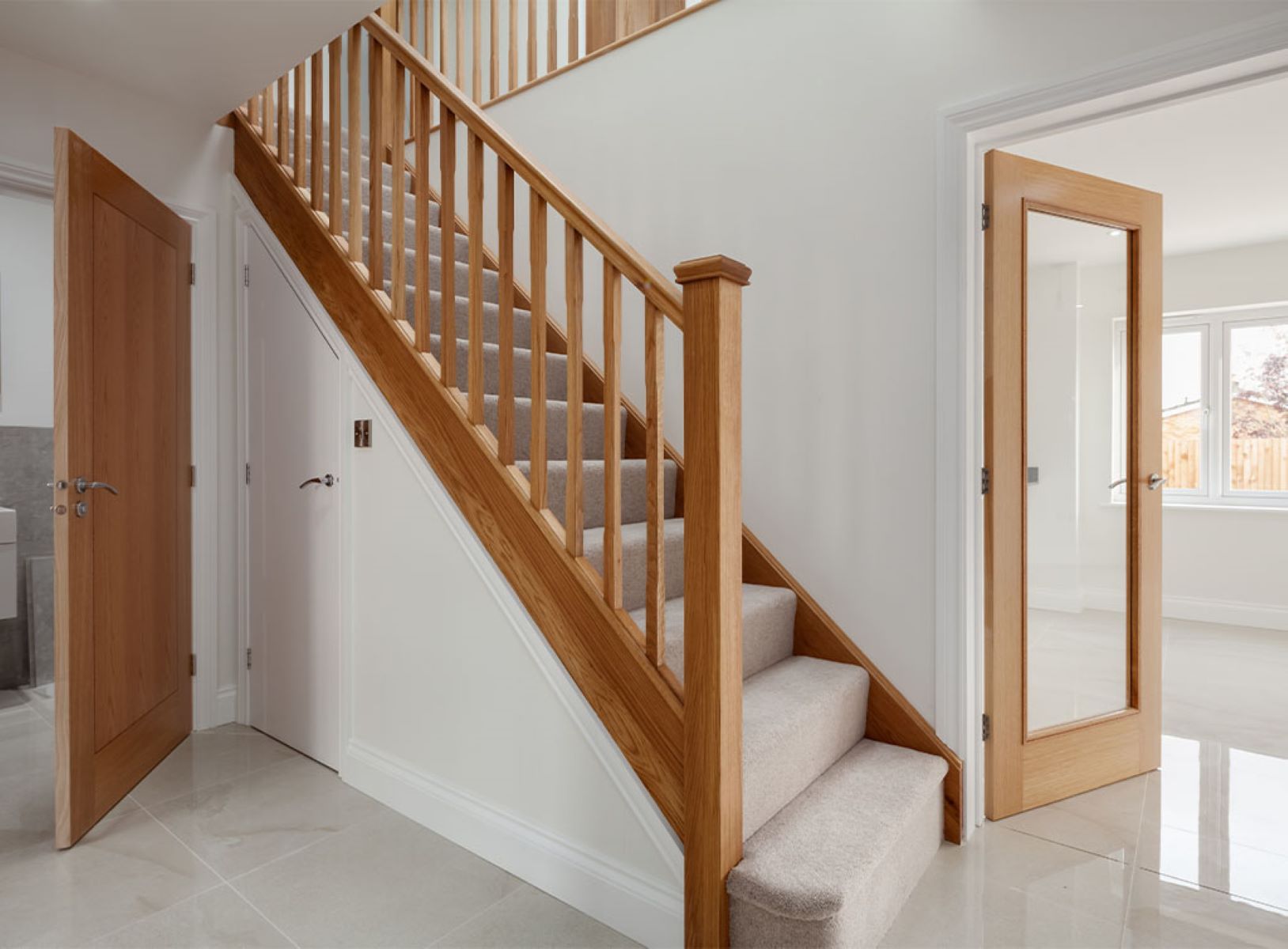
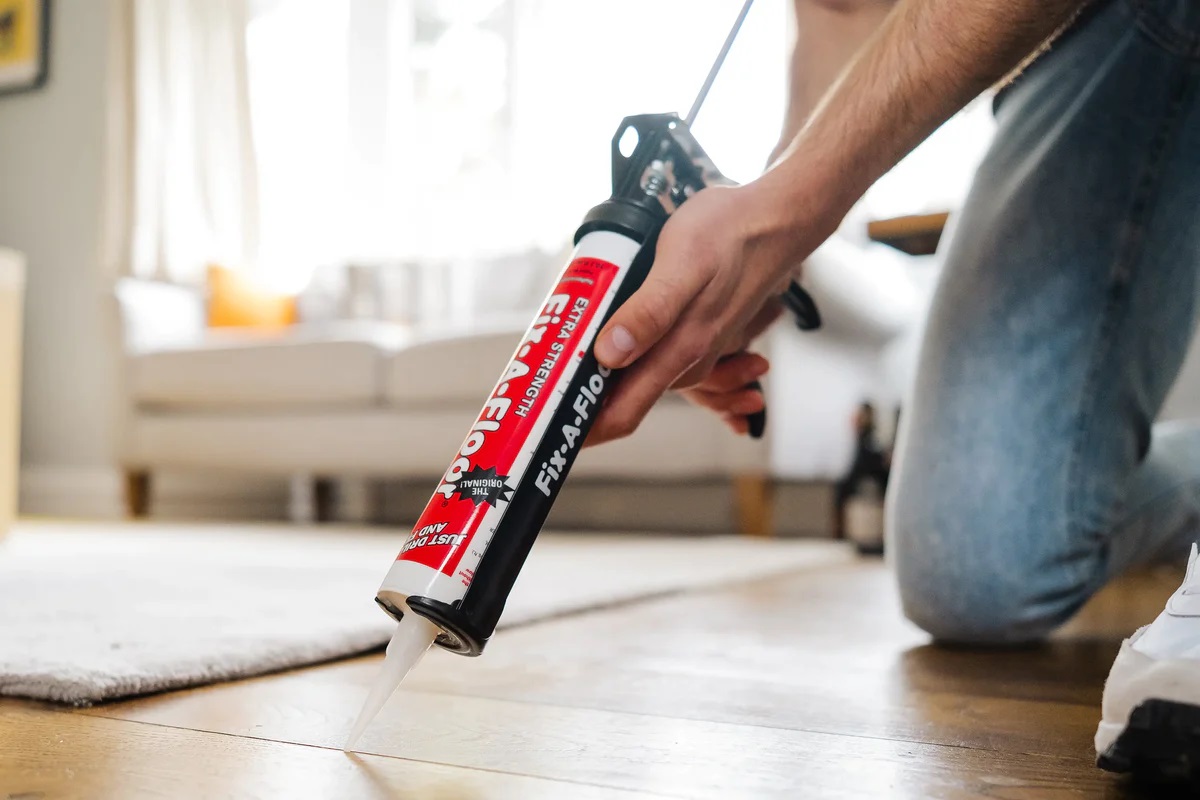
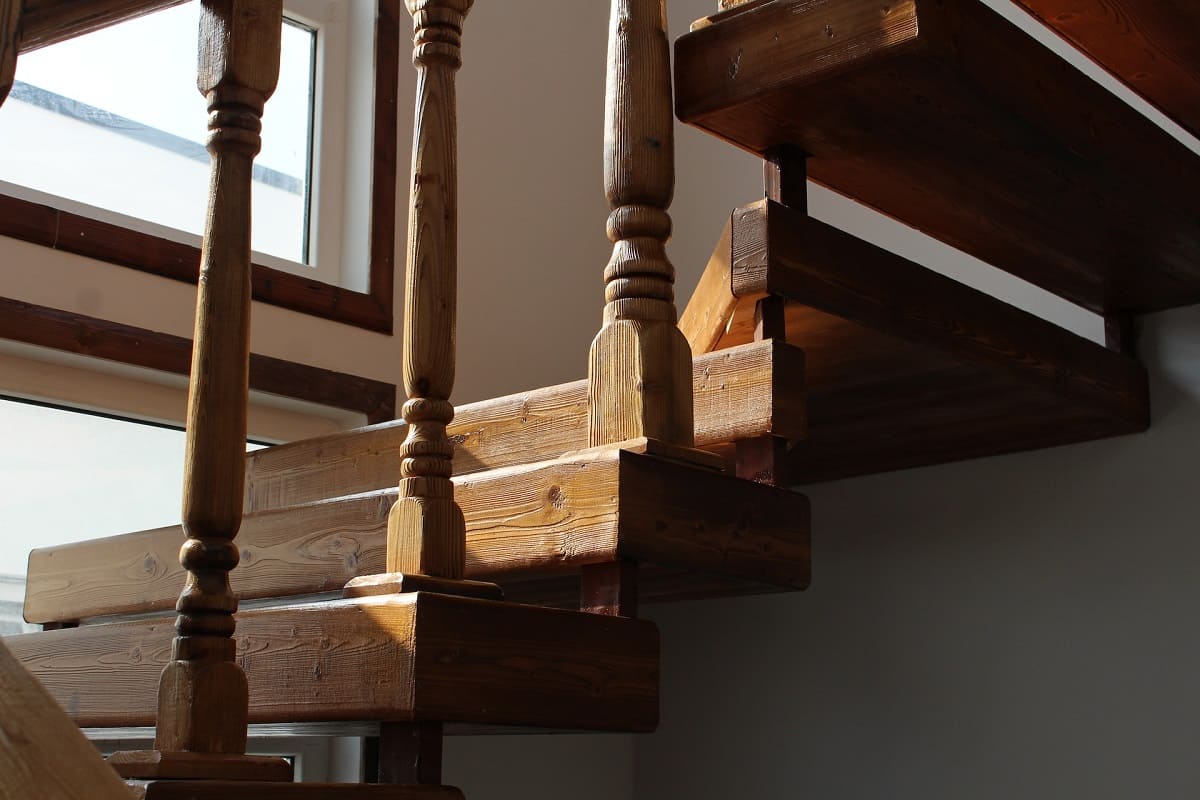
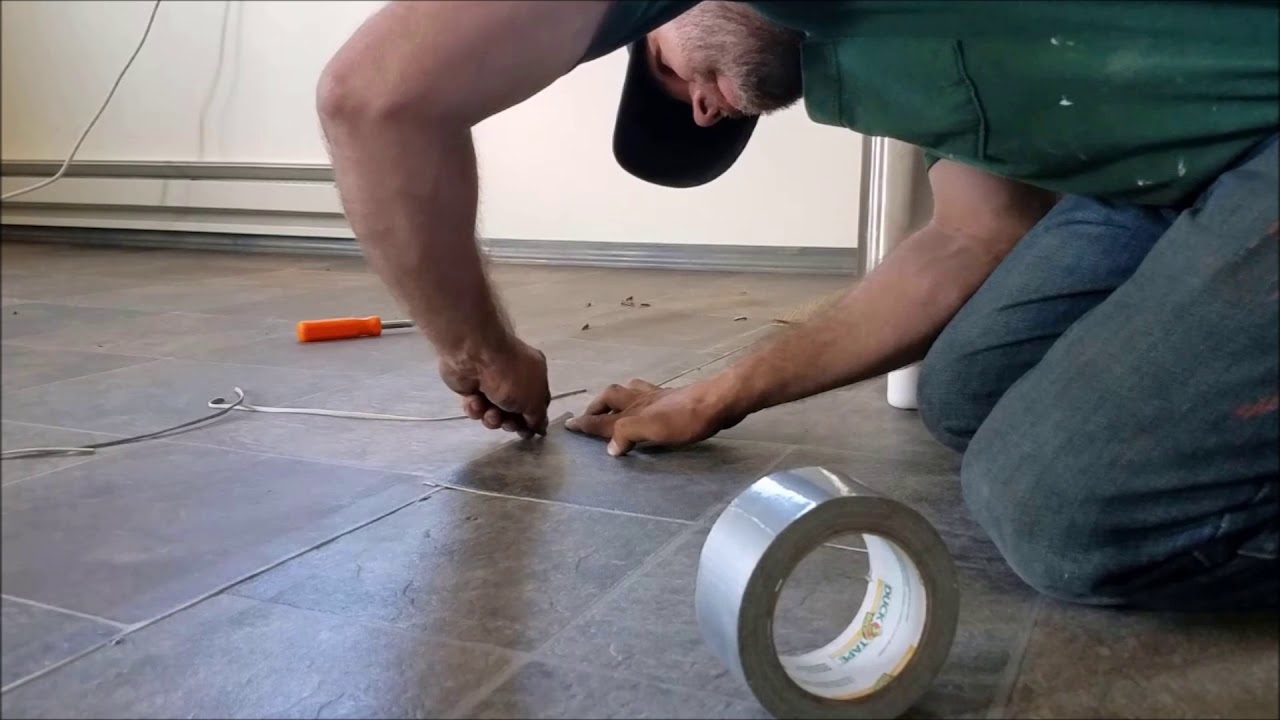
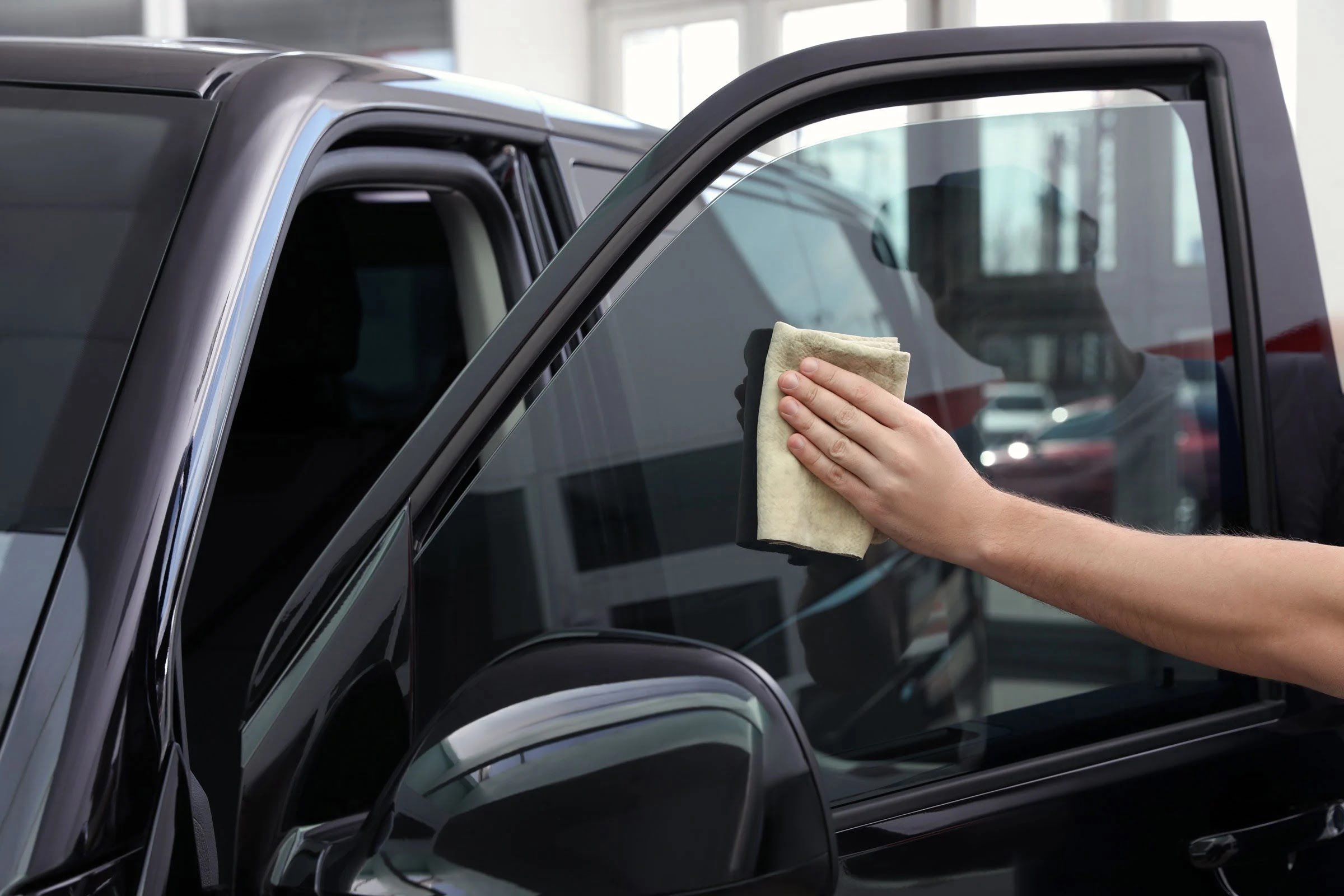
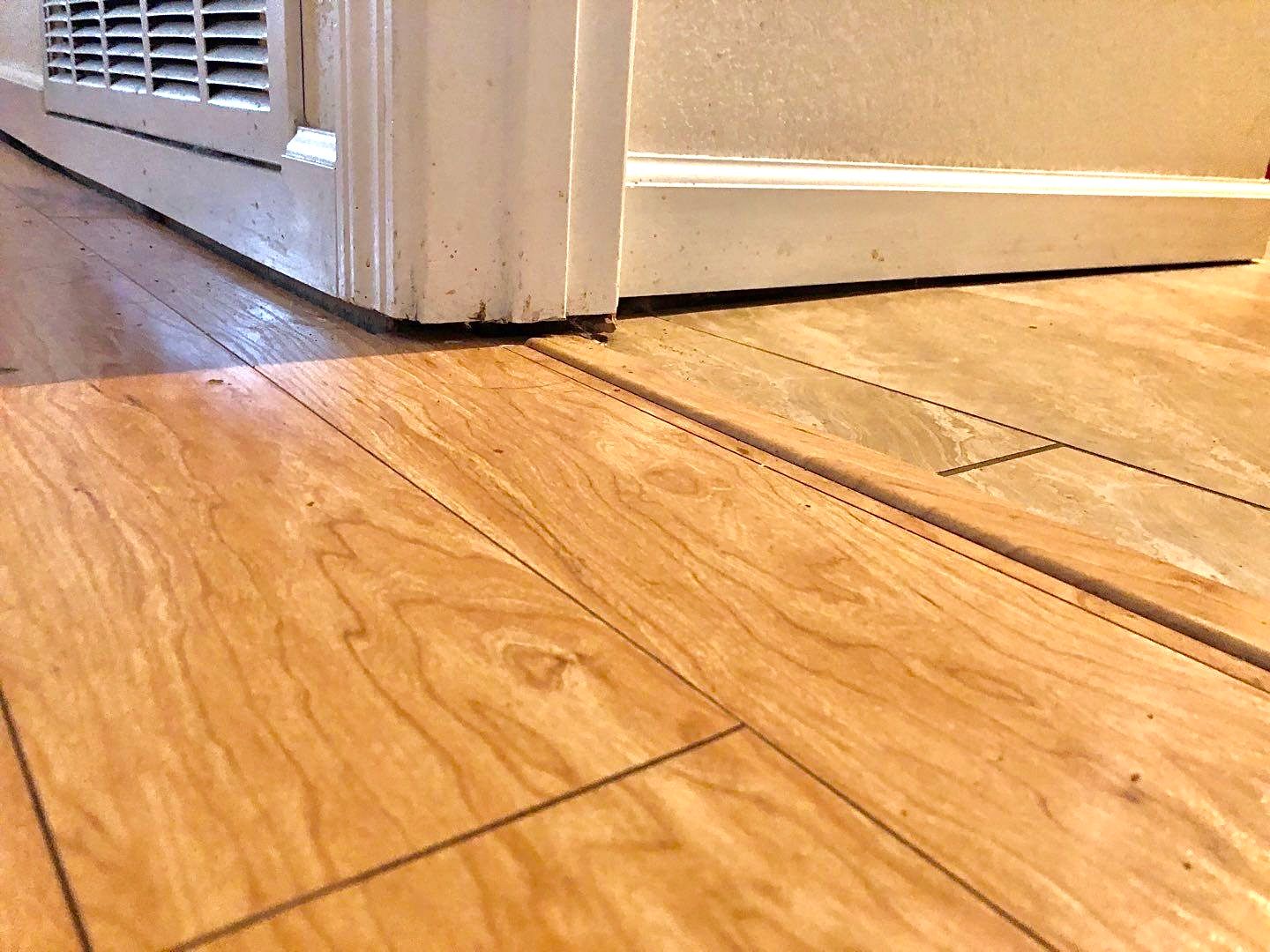
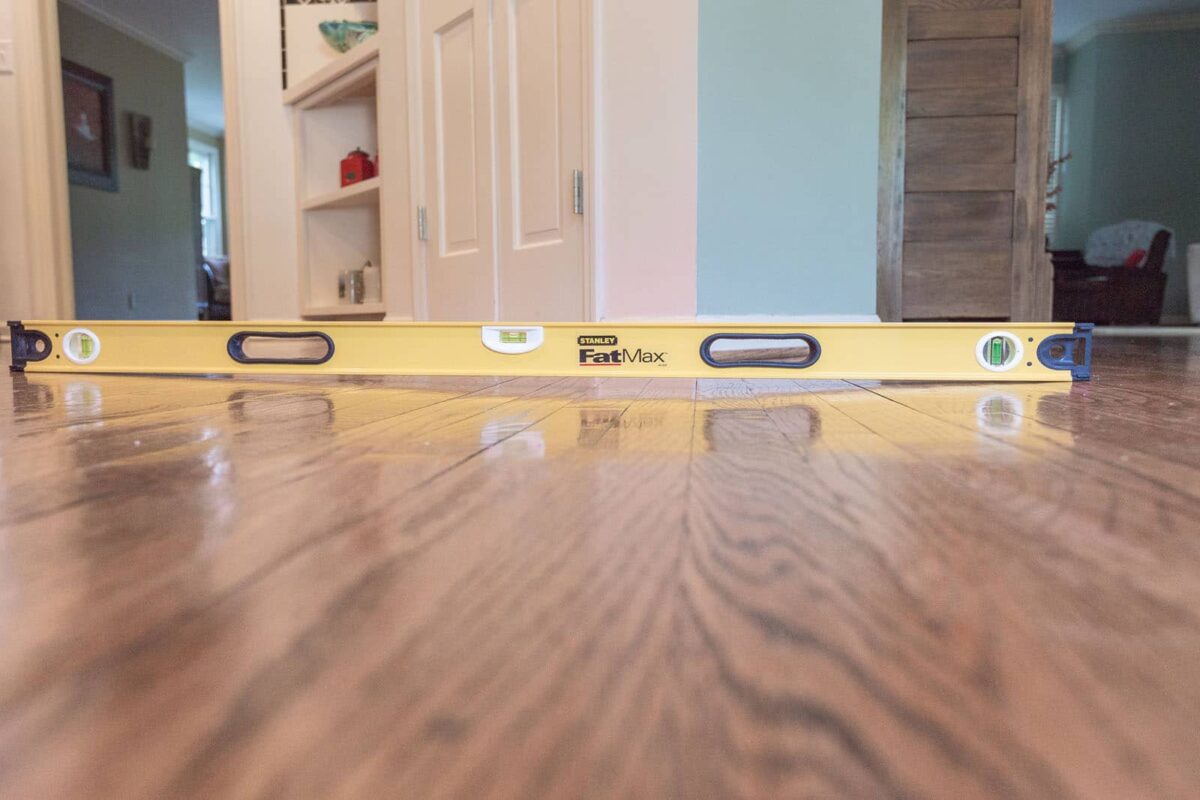
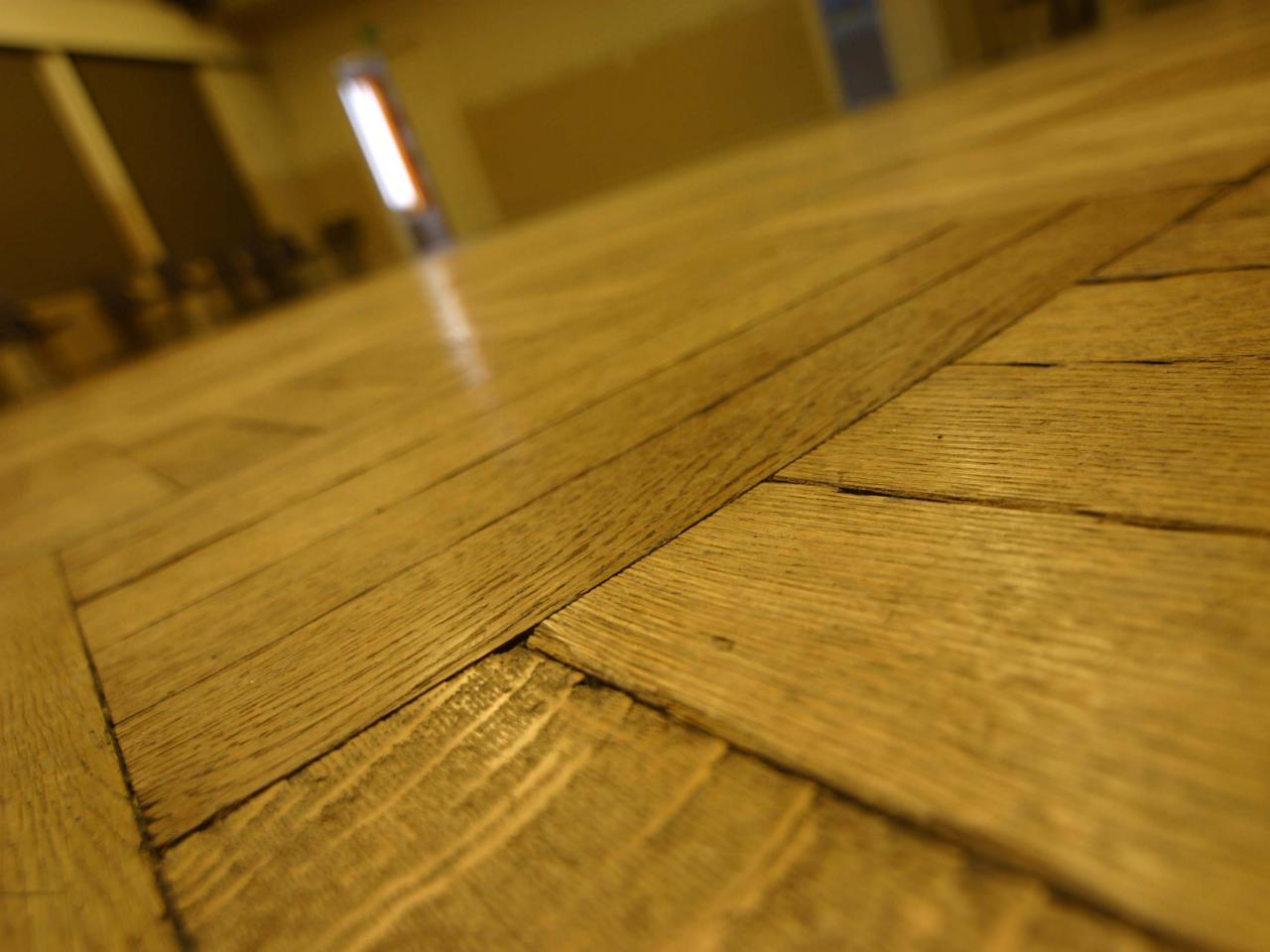
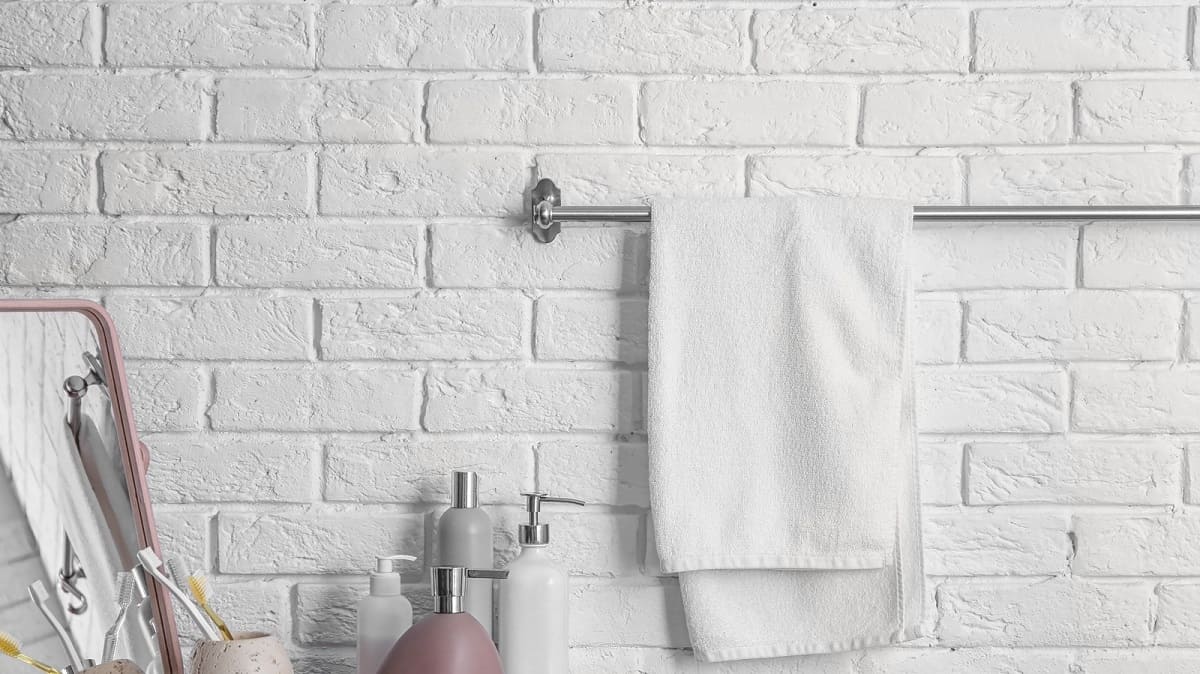
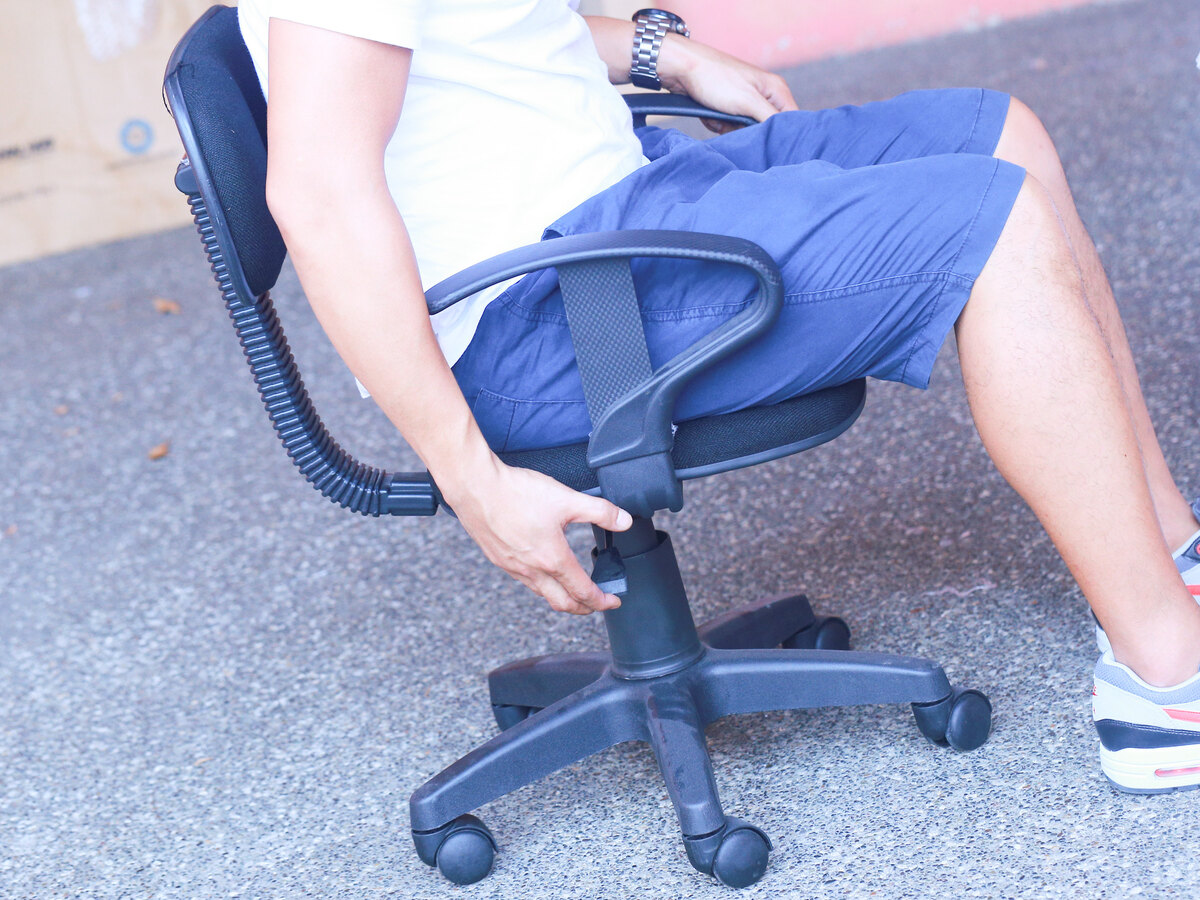

0 thoughts on “How To Fix Squeaky Floors”